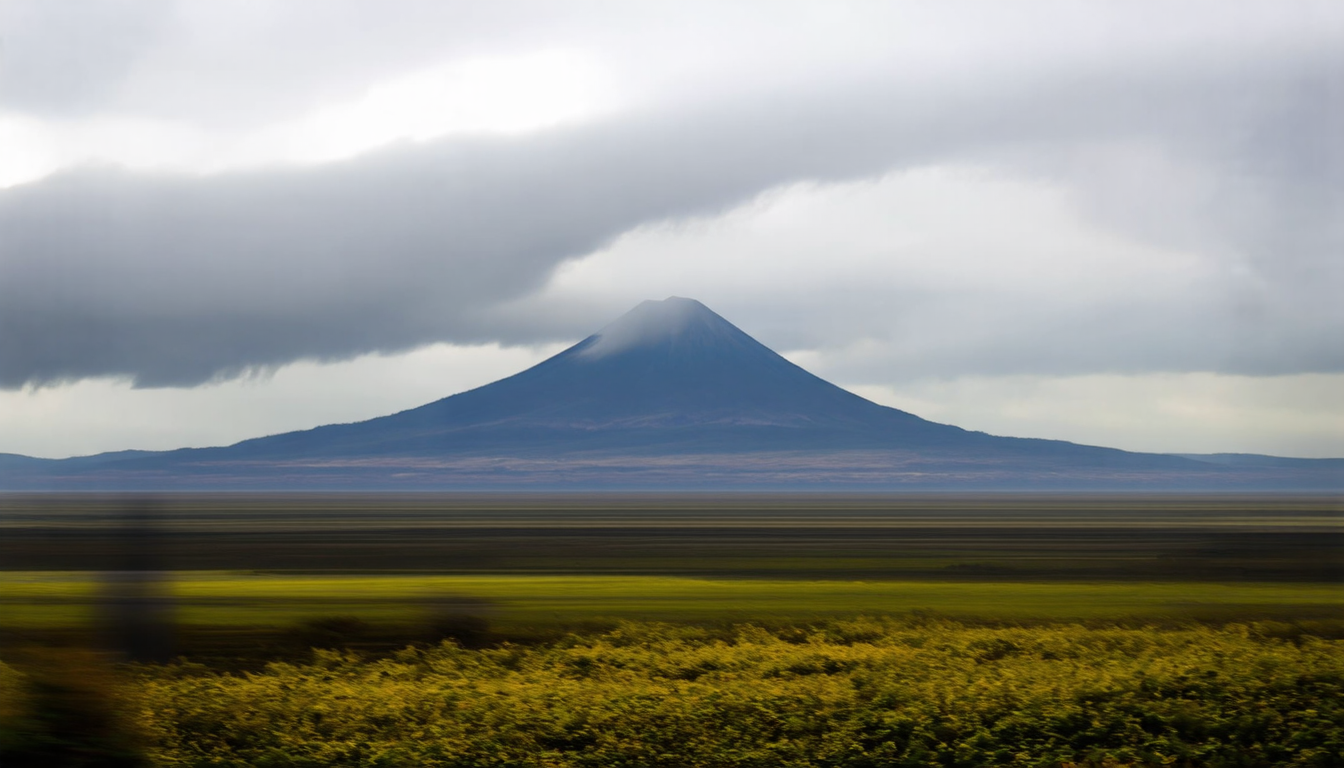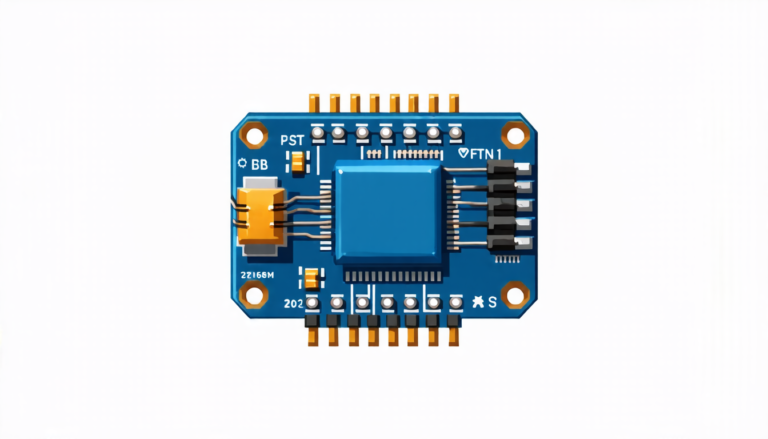Monday 25 August 2025
Have you ever tried to take a clear photo or video through a dusty window, only to be frustrated by the blurry result? Or perhaps you’ve attempted to capture a scenic view on a hazy day, only to have it come out distorted and unclear. Atmospheric turbulence is the culprit behind these frustrating experiences.
When light passes through the Earth’s atmosphere, it’s affected by tiny changes in temperature, humidity, and air pressure. These fluctuations cause the light to bend and distort, resulting in blurry or fuzzy images. This phenomenon is known as atmospheric turbulence.
Researchers have long been working to develop methods for mitigating the effects of atmospheric turbulence on images and videos. But these efforts have been hindered by the complexity of the problem and the limited understanding of how the atmosphere affects light.
A new study has taken a significant step forward in addressing this challenge. By developing a physical model-driven multi-stage video restoration framework, researchers have created a system that can effectively remove distortions caused by atmospheric turbulence from images and videos.
The framework is based on a novel approach that combines multiple stages of processing to tackle the problem of atmospheric turbulence. The first stage involves de-tilting, which corrects for geometric distortions caused by the atmosphere’s bending of light. The second stage enhances motion segmentation, allowing the system to identify and isolate dynamic regions within the image or video.
The final stage is de-blurring, where the system uses advanced algorithms to remove remaining distortion and restore the original image or video. By combining these stages in a single framework, researchers have achieved impressive results, with the system able to effectively correct for atmospheric turbulence in a range of different scenarios.
One of the key innovations behind this study is the development of a new metric, known as the Dynamic Efficiency Index (DEI). This metric allows researchers to quantify the dynamic intensity of video under varying conditions of atmospheric turbulence, providing a valuable tool for evaluating and improving the performance of image restoration systems.
The implications of this research are significant. With the ability to effectively correct for atmospheric turbulence, photographers and videographers will be able to capture high-quality images and videos even in challenging weather conditions. The technology has also potential applications in fields such as astronomy, where clear images of distant objects are critical for making new discoveries.
Overall, this study represents a major advance in our understanding of atmospheric turbulence and its effects on light.
Cite this article: “Correcting Atmospheric Turbulence: A New Framework for Clearer Images and Videos”, The Science Archive, 2025.
Atmospheric Turbulence, Image Restoration, Video Processing, Light Distortion, Blurry Images, Hazy Days, Atmospheric Fluctuations, Temperature Changes, Humidity Effects, Air Pressure Impact







